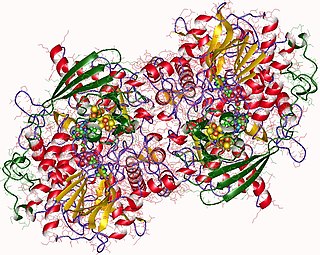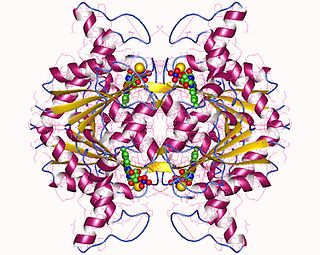| Selenate reductase | |||||||||
|---|---|---|---|---|---|---|---|---|---|
| Identifiers | |||||||||
| EC no. | 1.97.1.9 | ||||||||
| Databases | |||||||||
| IntEnz | IntEnz view | ||||||||
| BRENDA | BRENDA entry | ||||||||
| ExPASy | NiceZyme view | ||||||||
| KEGG | KEGG entry | ||||||||
| MetaCyc | metabolic pathway | ||||||||
| PRIAM | profile | ||||||||
| PDB structures | RCSB PDB PDBe PDBsum | ||||||||
| |||||||||
In enzymology, a selenate reductase (EC 1.97.1.9) is an enzyme that catalyzes the chemical reaction
- selenite + H2O + acceptor selenate + reduced acceptor
The 3 substrates of this enzyme are selenite, H2O, and acceptor, whereas its two products are selenate and reduced acceptor.
This enzyme belongs to the family of oxidoreductases. The systematic name of this enzyme class is selenite:reduced acceptor oxidoreductase.



